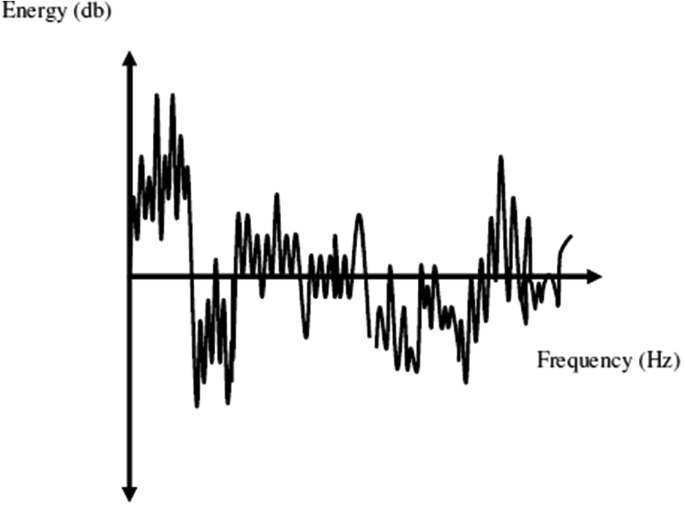Data reduction is a simple task that most of us are familiar with: converting audio to data, or vice versa. We convert phone conversations to text, to emails to web pages, voice mail, and so on. Audio data (or audio data for that matter) can be input into data reduction software, converted, organized, and analyzed in the same way. Data reduction is a lot more involved than it seems at first glance.















